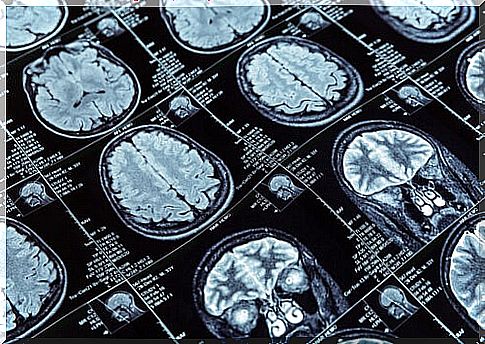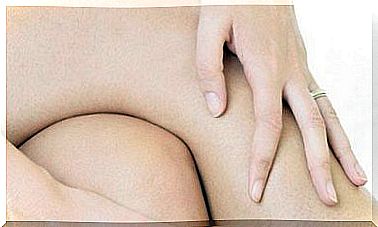People With Antisocial Behavior May Have A Different Brain Structure
The University College of London (UCL) has carried out research on the human brain that the Lancet magazine , in its psychiatry section, has published in this February’s edition. The article studies the association between antisocial behavior and brain structure.
This research was in collaboration between the London institution and researchers from New Zealand, where precisely the individuals studied came from. In New Zealand the institution that contributed the study subjects was the Queen Mary Hospital .
To develop the research , nuclear magnetic resonances were performed on more than 600 people who were 45 years old at the time of undergoing the imaging test. These 600 people are part of a larger cohort of over 1,000 that New Zealanders have been following since childhood.
What is intended to be determined are the factors that can influence, throughout a life, so that finally someone develops antisocial behavior or addictions. If these factors can be detected, it would be possible to influence them to prevent crimes, for example.
In the resonances that were carried out on the research participants, the thickness of the cerebral cortex and the amount of gray matter they possessed were measured. These data would allow a comparison between those with antisocial behaviors and those who do not.
What and who is antisocial?
Now, what do we mean by antisocial behavior? It is a difficult concept to define, as it varies according to the age and culture of those involved. What is considered antisocial in Europe is not the same as in Asia.
Antisocial behaviors could be defined as behaviors that someone engages in contrary to the interests of society. It is a way of being and acting that violates norms established by the majority.
The range of antisocial acts is wide. We can include traffic violations to robberies perpetrated with notorious violence. Also the addictive practices of adolescents would fall into this category, such as secretly drinking alcohol from adults.
In the background, antisocial behaviors reveal that the person is rebelling before an authority, which may be their parents or the law itself. The behavior has also been understood as a challenge to established institutions.
There does not necessarily have to be a pathology that accompanies antisocial behaviors. Most of the time it is just a way of acting that does not fit into any psychiatric clinical picture.
However, science has established the existence of something called antisocial personality disorder. They are people who repeatedly break the rules, are impulsive and do not regret their acts of transgression. This diagnosis only applies to those over 18 years of age.

Results of the investigation
The research published in the Lancet narrates that, to specify the study, the participants were divided into three groups :
- 80 people with a history of antisocial problems
- 151 people who had antisocial antecedents limited to the period of their adolescence
- 441 people with no records of prior antisocial behavior
Significant findings were found in the first group. Brain MRIs of these people showed a shrinkage of the cerebral cortex compared to the others, as well as a somewhat smaller amount of gray matter.
On the other hand, between the group with antisocial problems in adolescence and those without a history, there are no differences. This reveals that certain early behaviors can be explained more culturally than biologically.
What is in evidence is the change in brain architecture that a small group of the population may have, perhaps in relation to antisocial behaviors. These changes could explain the antisocial personality that persists over the years.

Previous Studies on Antisocial Behavior and the Brain
The results published in the Lancet add to a chain of previous research on the same topic. Various universities worked on the topic, at different ages and in different countries.
Adolescents with antisocial problems, for example, had already been shown to have altered frontal and temporal regions of their brain. Also, with more serious connotations, that violent convicts in prisons have less gray matter.
Specifically, researchers had been tracking the emotion zone in the brain to find an association. Assuming that antisocial problems are characterized by lack of empathy, it was logical to look there for alterations. The results indicated that antisocial adolescents had smaller brain tonsils, and it is the amygdala that is the seat of empathy.
We can conclude that this new research confirms that antisocial problems have a certain relationship with the structure and architecture of the brain. And that these changes are one more factor that determines antisocial behaviors throughout life.









